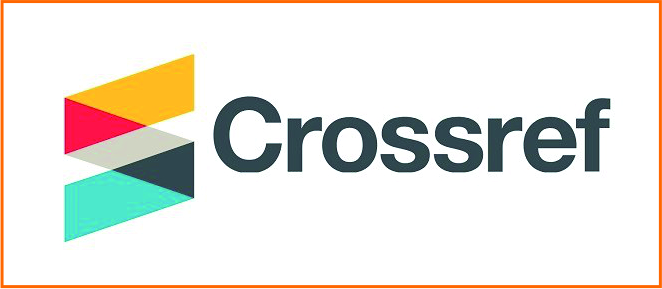Spirit of Place Study of Malioboro Cultural Heritage Case Study: Margo Utomo Road Section
Abstract
Keywords
Full Text:
PDFReferences
Creswell, J. W. (2008). Research Design: Qualitative, Quantitative, and Mixed Methods Approaches (Third). Sage Publication Inc.
Dwiputra Ivan Danny, Tampubolon Angela Christysonia, & Kusuma Hanson E. (2018). The Influence of User Activity and Environmental Characteristics Dimensions on Sense of Place in City Parks. DIMENSI (Journal of Architecture and Built Environment).
Ekomadyo, A. S. (2012). Menelusuri Genius Loci Pasar Tradisional sebagai Ruang Sosial Nusantara.
Ekomadyo, A. S. (2019). SOCIAL SCIENCES & HUMANITIES Evaluating Revitalized Public Markets as Economic and Socio-cultural Places in Indonesia. Pertanika J. Soc. Sci. & Hum, 27(2), 963–976.
Ekomadyo Agus Suharjono, & Riyadi Andhika. (2020). Design in Socio-technical Perspective: An Actor-Network Theory Reflection on Community Project ‘Kampung Kreatif’ in Bandung. Archives of Design Research 33(2):19-37. DOI: 10.15187/Adr.2020.05.33.2.19.
Garnham, & Launce Henry. (1985). Maintaining the Spirit of Place: A Process for the Preservation of Town Character. PDA.
Ginzarly, M., Houbart, C., & Teller, J. (2019). The Historic Urban Landscape approach to urban management: a systematic review. International Journal of Heritage Studies, 25(10), 999–1019. https://doi.org/10.1080/13527258.2018.1552615
Moertiningsih, S., & Gandarum, M. D. N. (2022). SPIRIT OF PLACE Lanskap Kota Bersejarah.
Moran Dermot. (2000). Introduction to Phenomenology. Routledge.
Norberg-Schulz, C. (1979). Genius Loci - Towards a Phenomenology of Architecture. Rizzoli.
Norberg-Schulz, C. (1980). Genius Loci: Towards a Phenomenology of Architecture, London: Academy Editions London.
Prajnawrdhi, & Anggraini Tri. (2015). Preserving Cultural Heritage of Denpasar: Local Community Perspectives. Elsevier B. V., 557–566.
Putra Riza Aulia, & Ekomadyo Agus Suharjono. (2015). INTERPRETASI MAKNA PADA WARUNG KOPI ACEH Studi Kasus: Warung Kopi Solong di Banda Aceh. Jurnal Atrium: Jurnal Arsitektur Universitas Kristen Duta Wacana Yogyakarta, 1.
Sharr Adam. (2007). Heidegger for Architects. Routledge.
Sholihah, A. B., & Heath, T. (2018). Traditional Streetscape Adaptability: Gentrification and endurance of business. Asian Journal of Behavioural Studies, 3(13), 180. https://doi.org/10.21834/ajbes.v3i13.155
Zahnd Markus. (1999). Perancangan Kota Secara Terpadu: Teori Perancangan Kota dan Penerapannya. Kanisius.
DOI: http://dx.doi.org/10.36448/ja.v15i1.3495

This work is licensed under a Creative Commons Attribution-NonCommercial-NoDerivatives 4.0 International License.
JURNAL ARSITEKTUR saat ini terindeks:











This work is licensed under a Creative Commons Attribution-NonCommercial 4.0 International License




